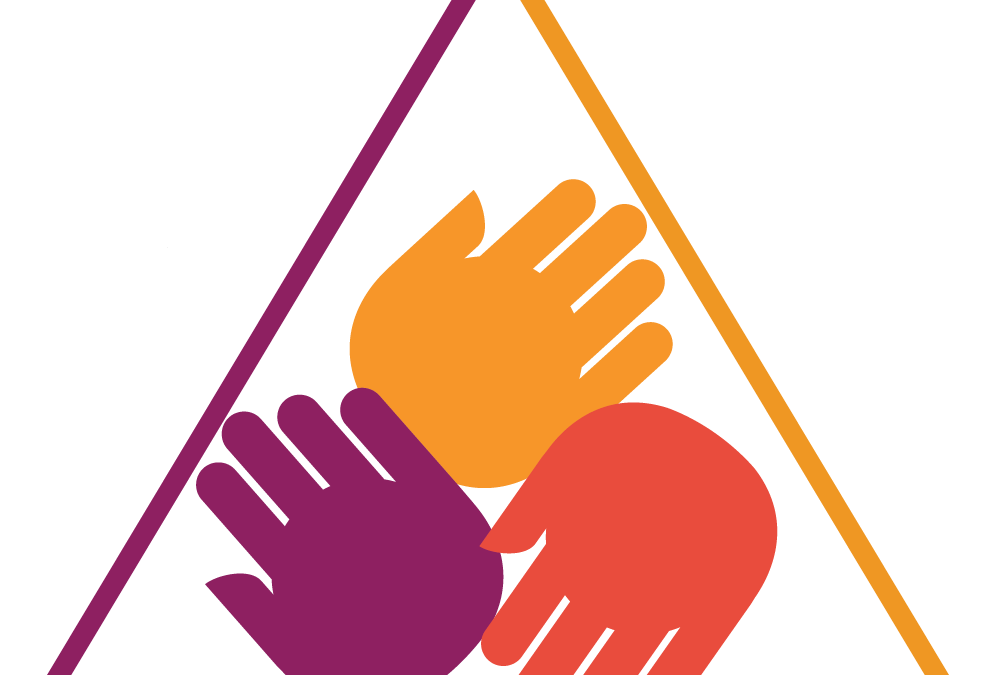Mastering the Humanistic Research Triangle: Part Three
Agencies sometimes think that those on the client-side have it so much easier. No unrelenting demands or pressure for positive results and a clear view of the end goal, right? Not necessarily. The truth is that clients and agencies may have more in common than they realize if they only took the time to find out.
Yet what typically happens is that each stakeholder in the research process— the research partner (Agency), the consumer (Respondent) and the brand (Client)— focuses on their own interests.
Imagine If has introduced a Humanistic Research Triangle that connects these stakeholders. We believe that by approaching all three sides of this relationship with CARE, or Client, Agency and Respondent Empathy, your research projects will flourish, resulting in true business impact.
Previous Imagine If posts have explored how this common denominator of humanity can drive interactions with the Respondent and the Agency; this time, it’s all about the Client and finding ways to relate to them with CARE.
THE HUMAN CLIENT
1: Empathize With Today’s Clients
The role of the client side researcher is changing, and becoming increasingly stressful. Having to do more with less, produce positive ROI, interface with the C-Suite, move internal stakeholders or the entire organization in a particular direction amidst constant change are huge stressors for most client-side researchers. And this is beyond the standard tension of research deliverables or business decisions that often involve millions of dollars over time. Most clients have tremendous pressure to survive which historically is unknown or unfamiliar to agencies, especially those with no client-side experience. Empathy is required to understand and effectively support today’s corporate researchers. Their jobs are not as simple or well-understood as the industry has typically considered them to be.
2: Understand That Lives Are Affected By Research Projects
The bottom-line dictates profit, and while that’s fitting for making rational business decisions, human beings are the hidden part of the calculation. Client-side researchers’ jobs, their careers and their livelihoods can be impacted by research projects for better or for worse. Whether it’s looking good to the boss, landing a promotion, or being taken seriously at the decision-making table, CARE and a focus on being human means agencies recognize the hopes and dreams of client-side researchers. Good research actually makes a difference in their role and for the whole organization. It’s not just another number they plug in or another tracking report they feed into the organization.
3: Don’t Be Afraid To Get Personal
Seeing clients through a human lens means you recognize that they have more than just work going on in their lives. By its very definition, getting personal means being human at a fundamental level. Even the most senior executives have people in their lives whom they care about. Small gestures of humanity build relationships and smooth the path for great work to be done.
At Imagine If, humanity is at the heart of what we do. That’s why we’re so committed to our Humanistic Research Triangle. Approaching research with CARE has been tragically overlooked, yet research clearly yields better results when all sides share a common perspective.
For more information on the Humanistic Research Triangle and CARE can transform your research, contact Imagine If today.

